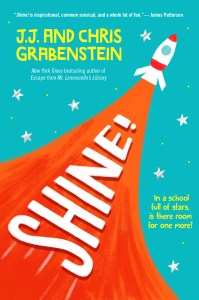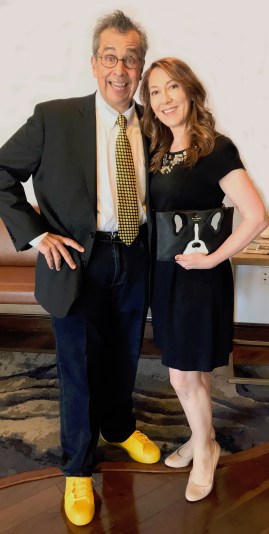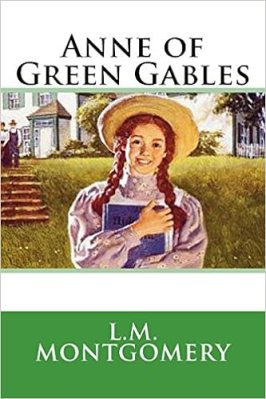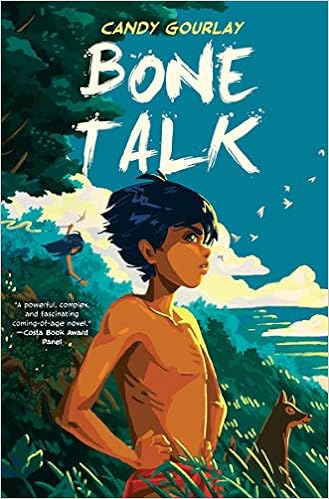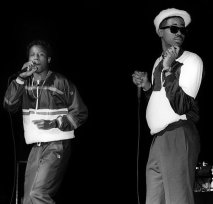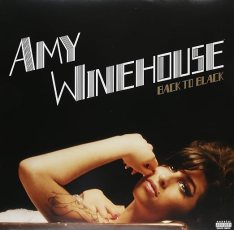February is looking promising you all! This month’s New Releases list is filled with everything your Middle Grade reader is looking for – from mysteries, friendship stories, sports, and, yes, dogs!! I think we’re all going to be glad that this year is a Leap Year. Now, we have an extra day to read these beauties.
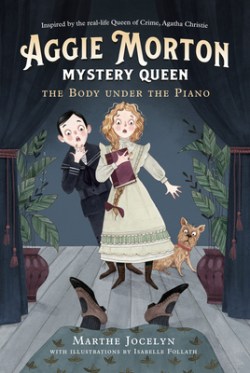 Aggie Morton, Mystery Queen: The Body under the Piano by Marthe Jocelyn, Isabelle Follath (Illustrator)
Aggie Morton, Mystery Queen: The Body under the Piano by Marthe Jocelyn, Isabelle Follath (Illustrator)
A smart and charming middle-grade mystery series starring young detective Aggie Morton and her friend Hector, inspired by the imagined life of Agatha Christie as a child and her most popular creation, Hercule Poirot. For fans of Lemony Snicket and The Wollstonecraft Detective Agency.
Aggie Morton lives in a small town on the coast of England in 1902. Adventurous and imaginative but deeply shy, Aggie hasn’t got much to do since the death of her beloved father . . . until the fateful day when she crosses paths with twelve-year-old Belgian immigrant Hector Perot and discovers a dead body on the floor of the Mermaid Dance Room! As the number of suspects grows and the murder threatens to tear the town apart, Aggie and her new friend will need every tool at their disposal — including their insatiable curiosity, deductive skills and not a little help from their friends — to solve the case before Aggie’s beloved dance instructor is charged with a crime Aggie is sure she didn’t commit.
Filled with mystery, adventure, an unforgettable heroine and several helpings of tea and sweets, The Body Under the Piano is the clever debut of a new series for middle-grade readers and Christie and Poirot fans everywhere, from a Governor General’s Award–nominated author of historical fiction for children.
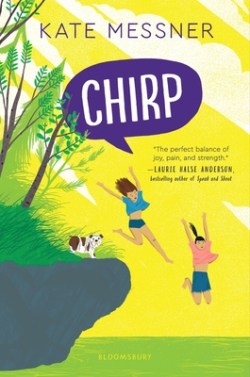 Chirp by Kate Messner
Chirp by Kate Messner
“[A] deftly layered mystery about family, friendship, and the struggle to speak up.” – Laurie Halse Anderson, bestselling author of Speak and Shout
From acclaimed author Kate Messner comes the powerful story of a young girl with the courage to make her voice heard, set against the backdrop of a summertime mystery.
When Mia moves to Vermont the summer after seventh grade, she’s recovering from the broken arm she got falling off a balance beam. And packed away in the moving boxes under her clothes and gymnastics trophies is a secret she’d rather forget.
Mia’s change in scenery brings day camp, new friends, and time with her beloved grandmother. But Gram is convinced someone is trying to destroy her cricket farm. Is it sabotage or is Gram’s thinking impaired from the stroke she suffered months ago? Mia and her friends set out to investigate, but can they uncover the truth in time to save Gram’s farm? And will that discovery empower Mia to confront the secret she’s been hiding–and find the courage she never knew she had?
In a compelling story rich with friendship, science, and summer fun, a girl finds her voice while navigating the joys and challenges of growing up.
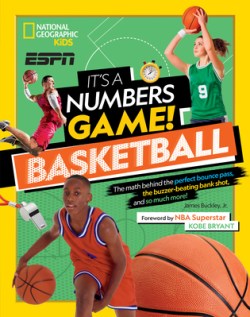 It’s a Numbers Game! Basketball: The math behind the perfect bounce pass, the buzzer-beating bank shot, and so much more! by James Buckley
It’s a Numbers Game! Basketball: The math behind the perfect bounce pass, the buzzer-beating bank shot, and so much more! by James Buckley
Why do NBA players only have 24 seconds to score a basket? What’s the geometry behind making the perfect shot? Become a basketball pro and learn all about the numbers and math behind this popular sport.
Numbers are everywhere in basketball–from the dimensions of the court to the points you can score to the digits on each player’s jersey. In this awesome new book, you’ll learn how these numbers make basketball the game we know and love today, and also get a few tips along the way on how to improve your game. Read about amazing statistics and learn how to track the stats of your favorite basketball stars. Discover how to improve your bounce pass and chest pass with geometry and physics. Colorful graphics explain the math behind the sport, and cool photos make you feel like you’re right on the court. Filled with sports trivia and fun activities at the end of every chapter, this book is sure to be a slam dunk with kids who can’t get enough of the game and want to learn more.
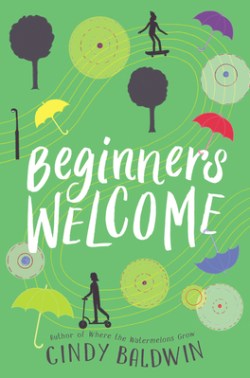 Beginners Welcome by Cindy Baldwin
Beginners Welcome by Cindy Baldwin
The acclaimed author of Where the Watermelons Grow is back with a story perfect for fans of Lynda Mullaly Hunt and Ali Benjamin, about finding friendship after a tragic loss.
It’s been eighty-three days since Annie Lee’s daddy died, but she still sees reminders of him everywhere. His record player mysteriously plays his favorite songs, there’s shaving cream in the sink every morning, and the TV keeps flipping to the Duke basketball games he loved.
She knows Mama notices it too, but Mama’s been working around the clock to make ends meet. To make matters worse, Annie Lee’s friends ditched her over the summer. She feels completely alone—until she meets Mitch.
Though Mitch is tough and confident on the outside, she may need a friend just as badly as Annie Lee. But after losing so much, Annie Lee is afraid to let anyone get too close.
And Mitch isn’t the only friend trying to break through Annie Lee’s defenses. Ray, an elderly pianist who plays at a local mall, has been giving her piano lessons. His music is pure magic, and Annie Lee hopes it might be the key to healing her broken heart. But when Ray goes missing, searching for him means breaking a promise to Mitch.
Faced with once again losing those who mean the most to her, Annie Lee must make a choice: retreat back into her shell, or risk admitting how much she needs Mitch and Ray—even if it means getting hurt all over again.
Just like in her debut, Where the Watermelons Grow, Cindy Baldwin brings her signature twist of magic to this authentically heartfelt story.
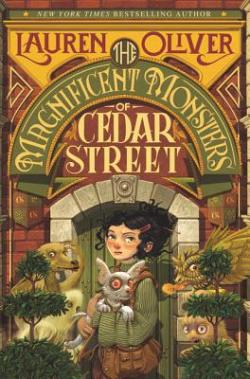 The Magnificent Monsters of Cedar Street by Lauren Oliver, Ethan Aldridge (Illustrator)
The Magnificent Monsters of Cedar Street by Lauren Oliver, Ethan Aldridge (Illustrator)
From the bestselling author of E. B. White Read-Aloud Honor Book Liesl & Po comes a timely and relevant adventure story about monsters of all kinds—and a girl brave enough to save them.
Cordelia Clay loves the work she and her father do together: saving and healing the remarkable creatures around Boston at the end of the nineteenth century. Their home on Cedar Street is full to the brim with dragons, squelches, and diggles, and Cordelia loves every one of them.
But their work must be kept secret—others aren’t welcoming to outsiders and immigrants, so what would the people of Boston do to the creatures they call “monsters”?
One morning, Cordelia awakens to discover that her father has disappeared—along with nearly all the monsters.
With only a handful of clues and a cryptic note to guide her, Cordelia must set off to find out what happened to her father, with the help of her new friend Gregory, Iggy the farting filch, a baby dragon, and a small zuppy (zombie puppy, that is).
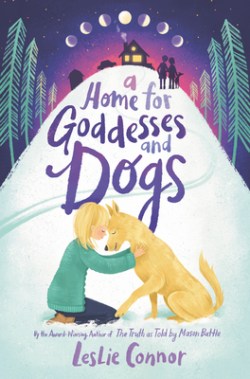 A Home for Goddesses and Dogs by Leslie Connor
A Home for Goddesses and Dogs by Leslie Connor
A unique masterpiece about loss, love, and the world’s best bad dog, from award winner Leslie Connor, author of the National Book Award finalist The Truth as Told by Mason Buttle.
This novel sings about loss and love and finding joy in new friendships and a loving family, along with the world’s best bad dog. An uplifting middle grade novel about recovery featuring strong female characters, an adorable dog, and the girl who comes to love him.
It’s a life-altering New Year for thirteen-year-old Lydia when she uproots to a Connecticut farm to live with her aunt following her mother’s death.
Aunt Brat and her jovial wife, Eileen, and their ancient live-in landlord, Elloroy, are welcoming—and a little quirky. Lydia’s struggle for a sense of belonging in her new family is highlighted when the women adopt a big yellow dog just days after the girl’s arrival.
Wasn’t one rescue enough?
Lydia is not a dog person—and this one is trouble! He is mistrustful and slinky. He pees in the house, escapes into the woods, and barks at things unseen. His new owners begin to guess about his unknown past.
Meanwhile, Lydia doesn’t want to be difficult—and she does not mean to keep secrets—but there are things she’s not telling…
Like why the box of “paper stuff” she keeps under her bed is so important…
And why that hole in the wall behind a poster in her room is getting bigger…
And why something she took from the big yellow dog just might be the key to unraveling his mysterious past—but at what cost?
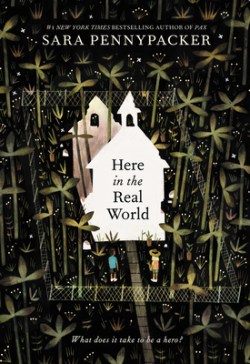 Here in the Real World by Sara Pennypacker
Here in the Real World by Sara Pennypacker
From the author of the highly acclaimed, New York Times bestselling novel Pax comes a gorgeous and moving middle grade novel that is an ode to introverts, dreamers, and misfits everywhere.
Ware can’t wait to spend summer “off in his own world”—dreaming of knights in the Middle Ages and generally being left alone. But then his parents sign him up for dreaded Rec camp, where he must endure Meaningful Social Interaction and whatever activities so-called “normal” kids do.
On his first day Ware meets Jolene, a tough, secretive girl planting a garden in the rubble of an abandoned church next to the camp. Soon he starts skipping Rec, creating a castle-like space of his own in the church lot.
Jolene scoffs, calling him a dreamer—he doesn’t live in the “real world” like she does. As different as Ware and Jolene are, though, they have one thing in common: for them, the lot is a refuge.
But when their sanctuary is threatened, Ware looks to the knights’ Code of Chivalry: Thou shalt do battle against unfairness wherever faced with it. Thou shalt be always the champion of the Right and Good—and vows to save the lot.
But what does a hero look like in real life? And what can two misfit kids do?
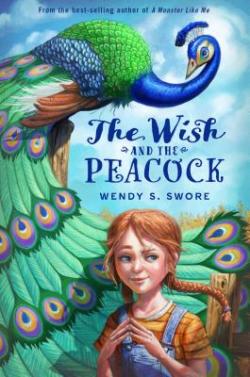 The Wish and the Peacock by Wendy S. Swore
The Wish and the Peacock by Wendy S. Swore
Living on a small Idaho vegetable farm, Paige’s family has faced tough times before, but a year after the loss of her father, her mom is overwhelmed by the financial challenges and reluctantly agrees to sell the farm. However, when a realtor pounds the “For Sale” sign into the family’s front yard, the reality (and finality) of it is almost too much to bear. Paige is determined to do whatever it takes to save her father’s farm, which has been in their family for generations.
With the help of her little brother, her best friends, Matteo and Kimana, and, of course, her trusty farm dog, T-Rex, Paige believes she can use her “farm smarts,” however sneaky, to try to stop the sale of the farm. She puts makeup on the cows so they look sickly to potential buyers, and she pranks the realtor by releasing a jar of grasshoppers in her car. Her efforts don’t stop reality from setting in; her mother and grandfather just don’t have enough money to keep the farm running and selling it is their only option. But who will be the new owners, and where will her family go?
Paige finds a new appreciation for the land, animals, and even the barn she once took for granted. One day while roaming in the hay barn, Paige finds a peacock. She’s fascinated by the beauty of the bird’s plumage but discovers an injured wing among its fancy feathers. Since the bird cannot fly and return home, Paige is eager to nurture it back to health. Her book-smart brother helps her care for the bird and tells Paige that peacocks are symbols of luck, protection, and integrity in folklore and legends.
Shortly after the exotic bird is discovered, a man dressed in a business suit shows up on the farm with his two children and claims ownership of the peacock. Paige is devastated by the prospect of yet another loss and, again, prepares to face an adversary.
Paige is suspicious of him, especially because he’s spending a lot time with her mom. But her first impressions are wrong and, like the peacock, his true colors show him in a positive light. He’s a journalist looking for a good, human-interest story about their farming community and Paige sees a way to make the farm a solution that will help everyone.
With all the changes and challenges she faces with her family, Paige learns that sometimes the idea of a home is less about place and more about the people you call a family and that asking for help isn’t a sign of weakness, but an opportunity for working with others and building strength.
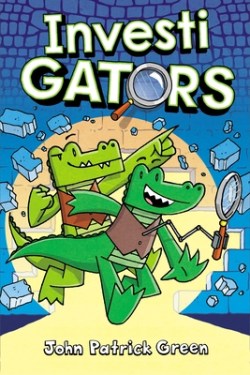 InvestiGators by John Patrick Green
InvestiGators by John Patrick Green
John Patrick Green’s goofy graphic novel series follows the super spy alligator duo the InvestiGators as they travel through the sewers and fight the forces of evil.
MANGO and BRASH are the INVESTIGATORS:
sewer-loving agents of S.U.I.T.* and scourge of supervillains everywhere!
With their Very Exciting Spy Technology and their tried-and-true, toilet-based travel techniques, the InvestiGators are undercover and on the case! And on their first mission together, they have not one but two mysteries to solve! Can Mango and Brash uncover the clues, crack their cases, and corral the crooks—or will the criminals wriggle out of their grasp?
*Special Undercover Investigation Teams
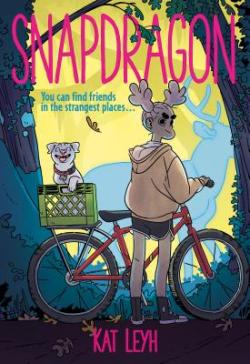 Snapdragon by Kat Leyh
Snapdragon by Kat Leyh
Kat Leyh’s Snapdragon is a magical realist graphic novel about a young girl who befriends her town’s witch and discovers the strange magic within herself.
Snap’s town had a witch.
At least, that’s how the rumor goes. But in reality, Jacks is just a crocks-wearing, internet-savvy old lady who sells roadkill skeletons online—after doing a little ritual to put their spirits to rest. It’s creepy, sure, but Snap thinks it’s kind of cool, too.
They make a deal: Jacks will teach Snap how to take care of the baby opossums that Snap rescued, and Snap will help Jacks with her work. But as Snap starts to get to know Jacks, she realizes that Jacks may in fact have real magic—and a connection with Snap’s family’s past.
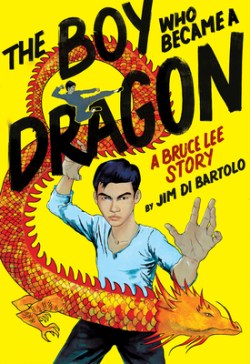 The Boy Who Became a Dragon: A Biography of Bruce Lee by Jim Di Bartolo
The Boy Who Became a Dragon: A Biography of Bruce Lee by Jim Di Bartolo
That’s some of what’s coming in February. Let me know which February New Releases you’re most looking forward to reading in the comments below.

